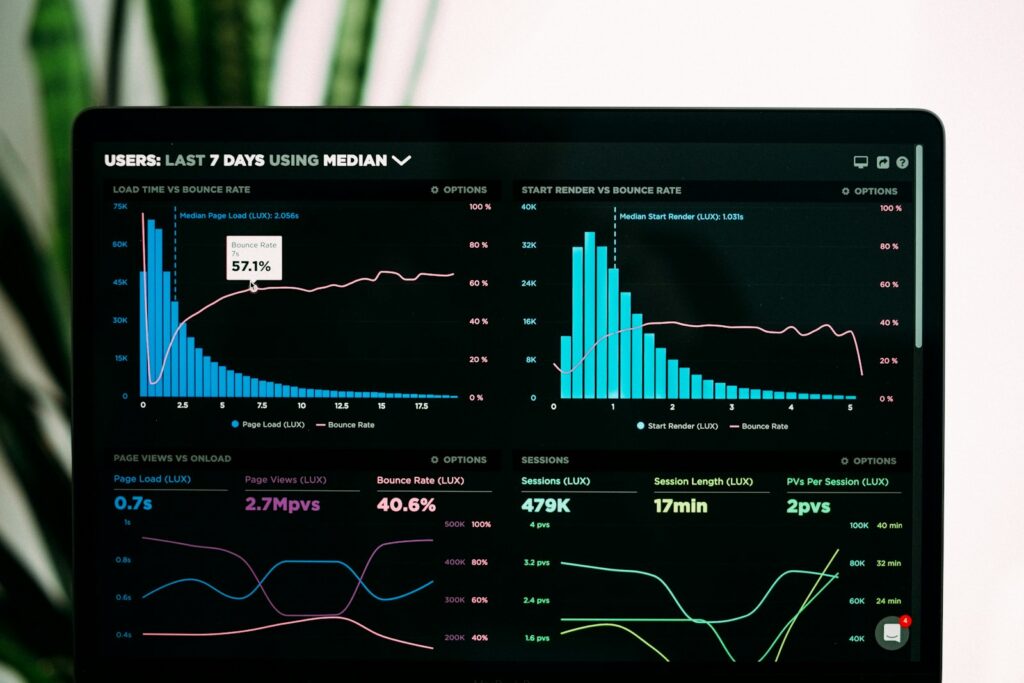Creating a high-converting landing page is both an art and a science. It requires a deep understanding of your audience, clear communication of your value proposition, and strategic design elements that guide visitors toward taking action. Whether you’re aiming to generate leads, sell a product, or promote an event, a well-crafted landing page can significantly boost your conversion rates. This comprehensive guide will walk you through the essential steps to build a landing page that not only attracts visitors but also compels them to convert.
1. Define Your Goal
a. Clarify Your Objective
Before you start designing your landing page, clearly define what you want to achieve. Whether it’s collecting email addresses, selling a product, or registering attendees for an event, having a specific goal will guide every element of your page.
b. Align with Your Audience
Understand who your target audience is and what they are looking for. Tailor your messaging and offers to meet their needs and preferences. The more aligned your landing page is with your audience’s expectations, the higher your chances of conversion.
2. Craft a Compelling Headline
a. Make it Attention-Grabbing
Your headline is the first thing visitors see, so it needs to grab their attention immediately. Use clear, concise language that highlights the main benefit of your offer. A strong headline sets the tone for the rest of the page.
b. Highlight the Value Proposition
Ensure your headline communicates the unique value of your offer. What makes it different from the competition? Why should visitors care? A compelling headline answers these questions and entices visitors to keep reading.
3. Use Engaging Visuals
a. High-Quality Images and Videos
Visual content can significantly impact the effectiveness of your landing page. Use high-quality images and videos that support your message and enhance the user experience. Visuals should be relevant, professional, and engaging.
b. Visual Hierarchy
Design your page with a clear visual hierarchy. Important elements, such as headlines, call-to-action buttons, and key benefits, should stand out and guide the visitor’s eye through the page in a logical order.
4. Write Persuasive Copy
a. Focus on Benefits, Not Features
When writing your copy, emphasize the benefits of your offer rather than just listing features. Explain how your product or service will solve the visitor’s problem or improve their life. Use clear, concise, and compelling language.
b. Use Social Proof
Incorporate testimonials, reviews, and case studies to build credibility and trust. Social proof reassures visitors that others have benefited from your offer, making them more likely to convert.
5. Create a Strong Call to Action (CTA)
a. Clear and Direct
Your CTA should be clear, direct, and compelling. Use action-oriented language that tells visitors exactly what you want them to do, such as “Download Now,” “Sign Up Today,” or “Get Started.”
b. Standout Design
Design your CTA button to stand out from the rest of the page. Use contrasting colors, bold fonts, and strategic placement to ensure it catches the visitor’s eye and encourages them to take action.
6. Optimize for Mobile
a. Mobile-Friendly Design
With an increasing number of users accessing websites from mobile devices, ensuring your landing page is mobile-friendly is crucial. Use a responsive design that adapts to different screen sizes and provides a seamless user experience on all devices.
b. Fast Loading Speed
Optimize your landing page for fast loading times. A slow-loading page can frustrate visitors and increase bounce rates. Compress images, minimize code, and use reliable hosting to ensure your page loads quickly.
7. A/B Testing and Optimization
a. Test Different Elements
A/B testing involves creating different versions of your landing page and testing them to see which one performs better. Experiment with different headlines, images, copy, and CTA buttons to determine what resonates best with your audience.
b. Analyze and Iterate
Use analytics tools to track the performance of your landing page. Pay attention to metrics such as conversion rate, bounce rate, and time on page. Use this data to make informed decisions and continuously optimize your page for better results.
8. Minimize Distractions
a. Simplify Navigation
Limit the number of links and navigation options on your landing page to keep visitors focused on the main goal. Remove any unnecessary elements that could distract visitors from taking the desired action.
b. Clear and Concise Layout
Maintain a clean and concise layout with plenty of white space. Avoid clutter and ensure that your key messages and CTAs are easily accessible. A simple, well-organized page enhances readability and guides visitors towards conversion.
Conclusion
Building a high-converting landing page requires a strategic approach that combines clear goals, compelling content, engaging visuals, and continuous optimization. By focusing on the needs and preferences of your audience, crafting a strong value proposition, and using data-driven insights to refine your approach, you can create a landing page that not only attracts visitors but also drives them to take action.
Remember, the key to success is testing and iterating. Continuously analyze your landing page performance, experiment with different elements, and make data-driven adjustments to maximize your conversion rates. With dedication and attention to detail, you can build a landing page that delivers exceptional results and supports your business goals.



